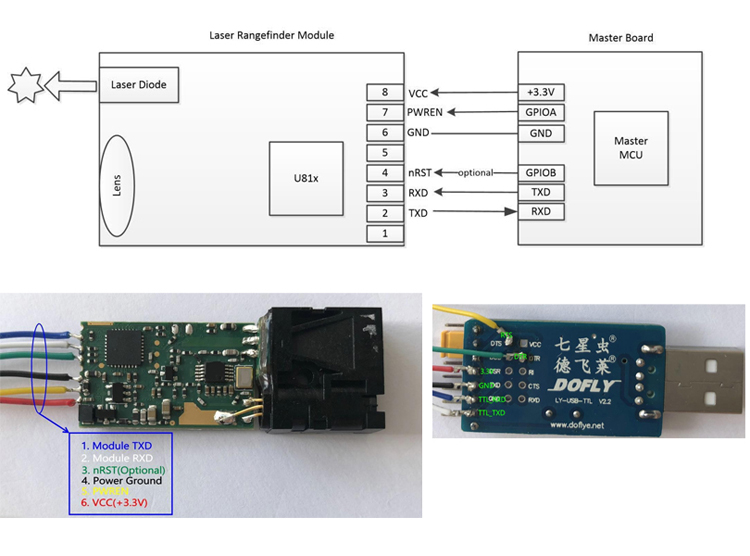First, the choice of cultivation materials The best selection of fruit shavings, poplar, willow, mulberry, eucalyptus, tung and other broad-leaved forest wood chips and cottonseed hull, corn cob, cotton stalk, bean stalk can also be used after crushing. But the raw materials must be fresh. Trees containing aromatic substances, such as pine, cypress, and cedar, cannot generally be used directly as base materials. Second, the cultivation period The best inoculation period is September, during which the daily average temperature is below 28°C, which is conducive to indoor bacterial infection. After 60 to 80 days of cultivation to outdoor mushrooms, the daily average temperature is not lower than 12°C. Third, cultivation and management The specific measures and methods of operation after inoculation are: After 1 to 6 days after inoculation, the hyphae were in the stage of germination and colonization. Generally, the hyphae were not ventilated. Do not turn the bacteria bag and the indoor temperature was controlled within 28°C. 7 to 10 days, the hyphae began to grow and the temperature was controlled at about 26°C. On the seventh day, the first batch of turning was done. When turning the pile, it was necessary to take care of the bacteria and bacteria, and to find out if the bacteria should be treated in time. After ventilation every day for 2 or 3 times, 30 minutes each time. From 11 to 15 days, the mycelium enters a vigorous growth period. The room temperature should be controlled below 24°C, ventilation should be increased, and a second turn is needed. 16 to 20 days after inoculation, hyphae multiply, and the temperature should be controlled at 22°C to 24°C. At this time, the mushroom bag should be removed in time, and the ventilated evacuation bag should be properly increased to prevent the high-temperature burning of the bag and the infection of green mold. 21 days later, the inoculation of hyphae was gradually connected. At this time, the temperature of the bag was 5°C~10°C higher than the room temperature. In addition to cooling the bulk, the toothpick, sweater needle, bamboo chopsticks, etc. could be used to increase the number of puncture holes. oxygen. In general, every 10 days, it is gradually increased and deepened. After germination for 30 days, nodules began to appear, and after 45 days, they were covered with bags of bacteria. Nodules protruded from 50 to 60 days. Hyphae began to secrete drops of water. At this time, attention should be paid to the discharge of stagnant water. When the nodule changes from hard to soft, the surface of the fungus bag appears brown, and this stage is called turning color. Color conversion is a complex physiological process that takes 10 to 15 days. During this period, the temperature should be controlled at about 22°C, the relative humidity of air is 80% to 90%, ventilation is appropriate, and the doors and windows are removed to protect the light. After germination for 60 to 70 days, the mycelium is full and the color change is completed.
New product of U85 micro laser distance sensors use highly focused class 2 laser to detect objects or measure distances, and can return a measured value via varieties intface( serial, usb, rs232, rs485, bluetooth etc.). The electronic distance sensor is a very small Laser Distance Sensor, but high resolution up to 1mm and long distance measuring sensor - teachable measuring range of up to 30m. Extremely accurate distance sensing sensors, errors down to ± 1mm. And the mini sensors and measurements support continuous measurement function, great for compact solutions(eg: robots) with the smallest Laser Distance Sensor of the world!
Parameters of U85:
Accuracy
±1 mm (0.04 inch)
Measuring Unit
mm
Measuring Range (without Reflection)
0.03-20m/0.03-30m
Measuring Time
0.1~3 seconds
Laser Class
Class II
Laser Type
620nm-690nm, <1mW
Size
41*17*7mm (±1 mm)
Weight
About 4g
Voltage
DC2.0~3V
Electrical Level
TTL/CMOS
Certifications
CTNT, FDA, CE, FCC, RoHS, etc.
Operating Temperature
0-40 ℃ (32-104 ℉ )
Storage Temperature
-25~60 ℃ (-13~140 ℉)
Mini Laser Distance Sensor,Optical Laser Distance Sensor,Smallest Laser Range Sonsor,Laser Measuring Sensor Chengdu JRT Meter Technology Co., Ltd , https://www.irdistancesensor.com
Three-dimensional High-yield Cultivation Technique of Mushroom